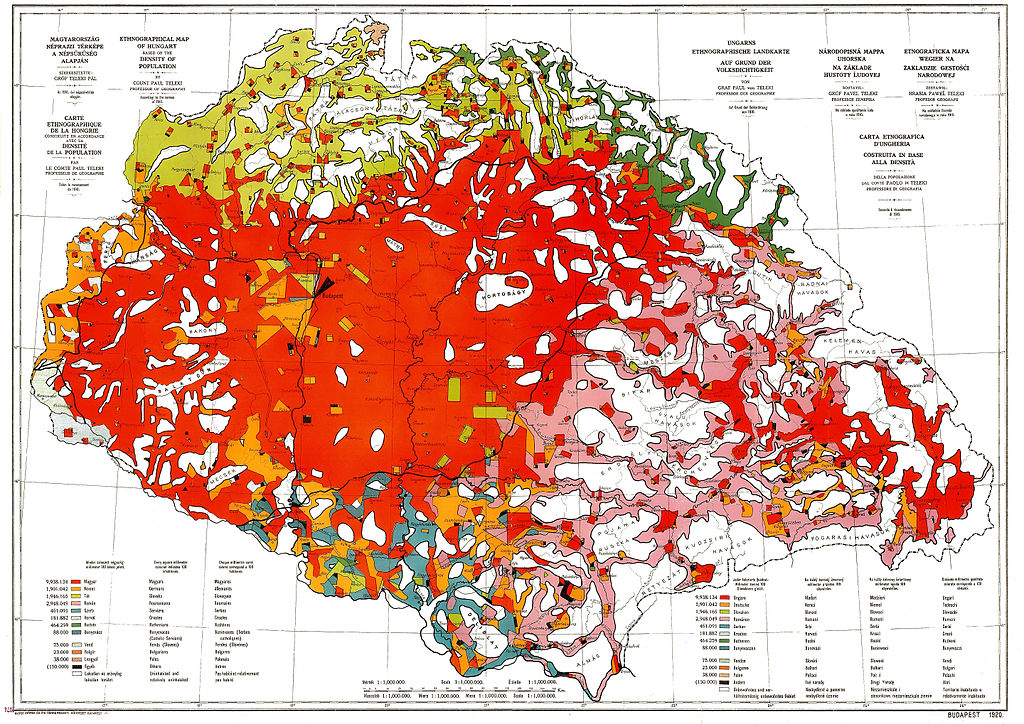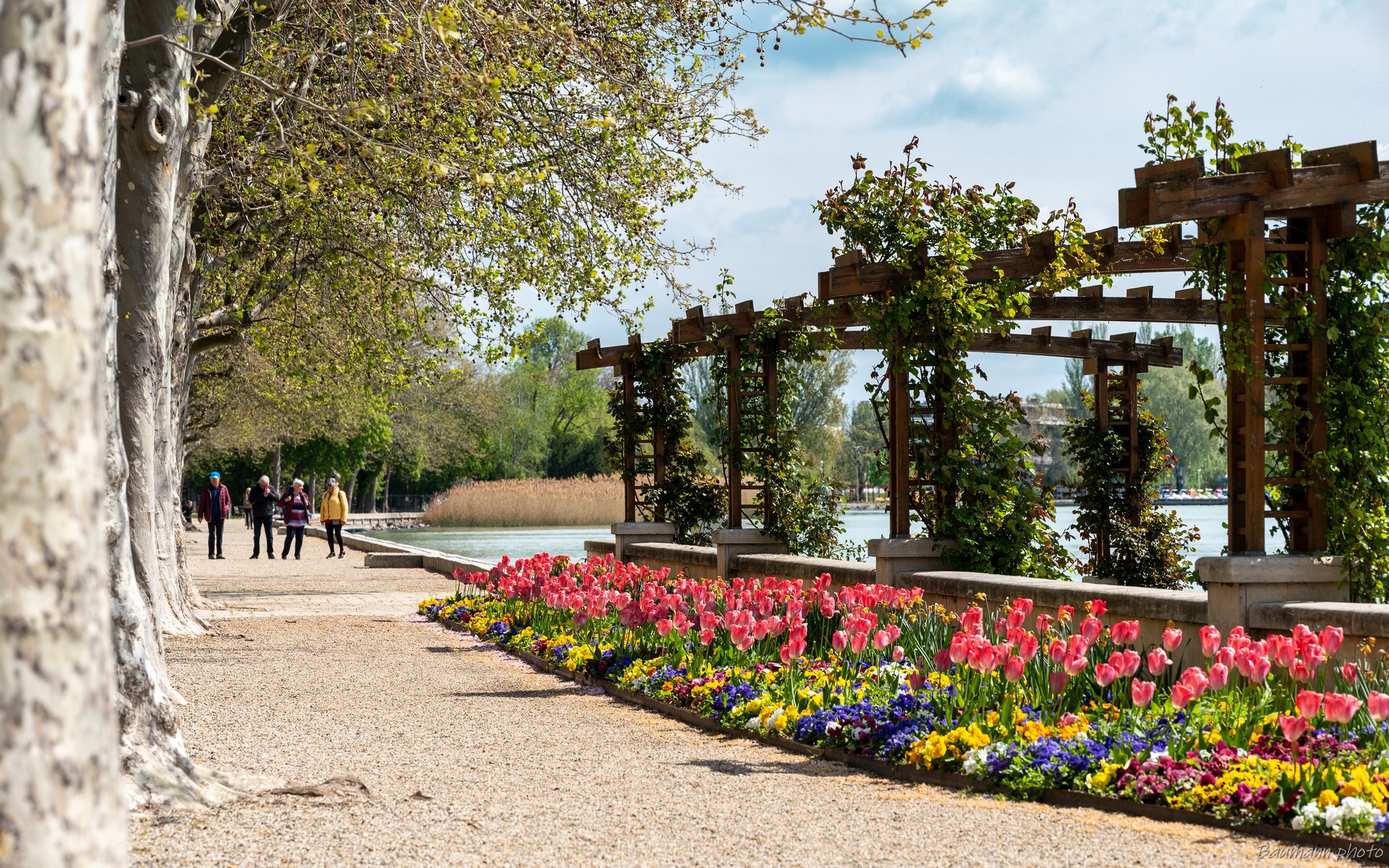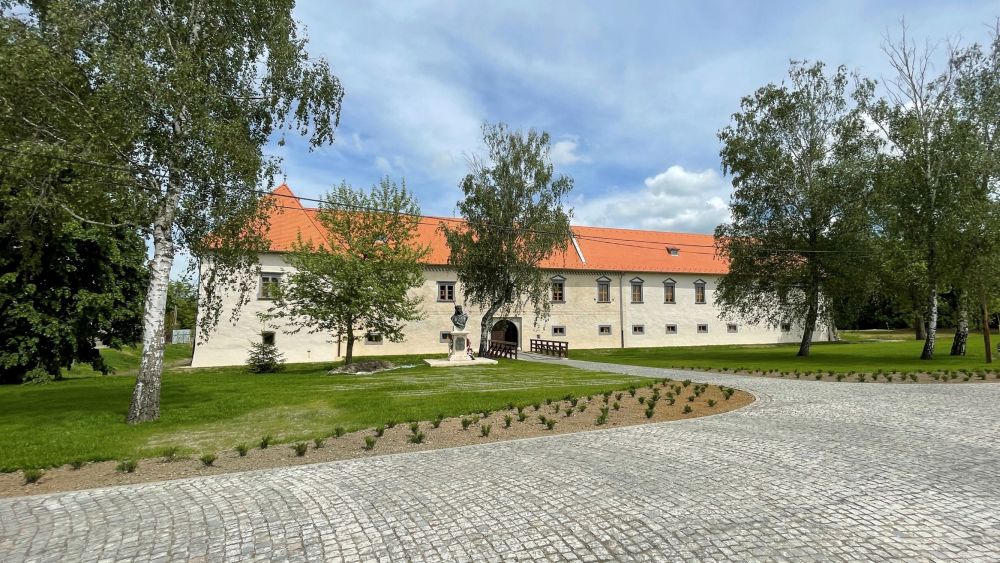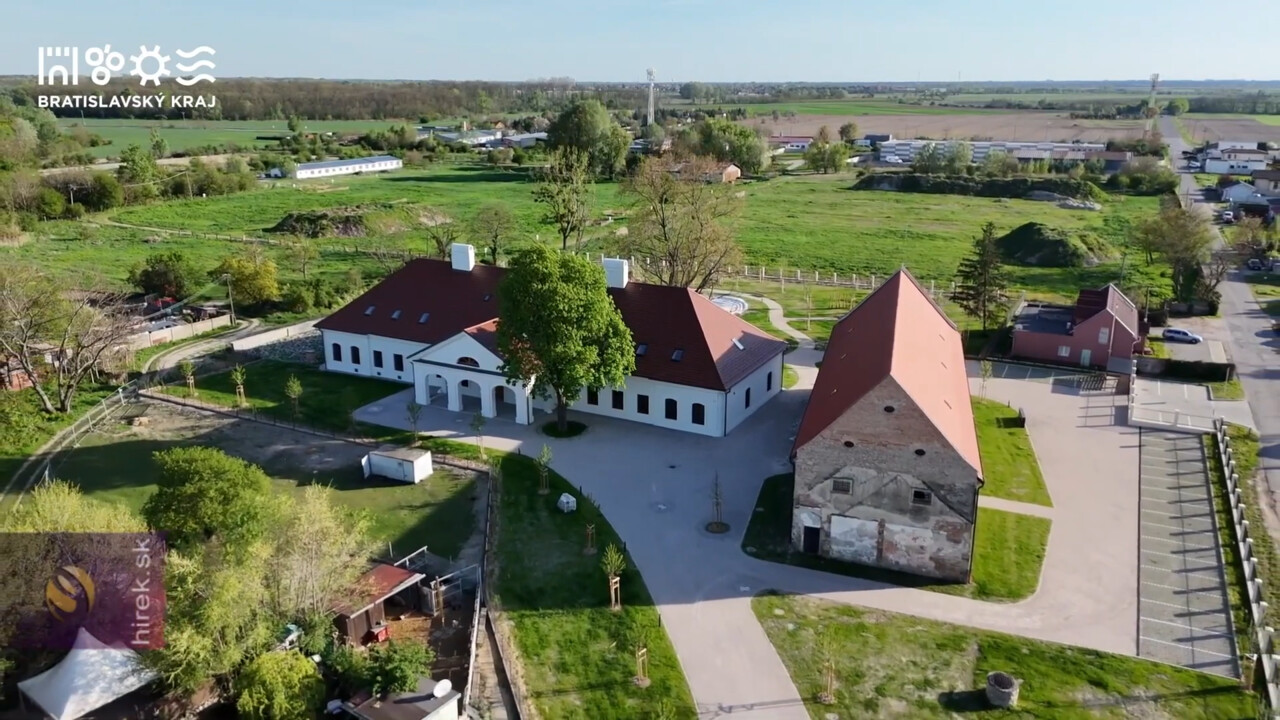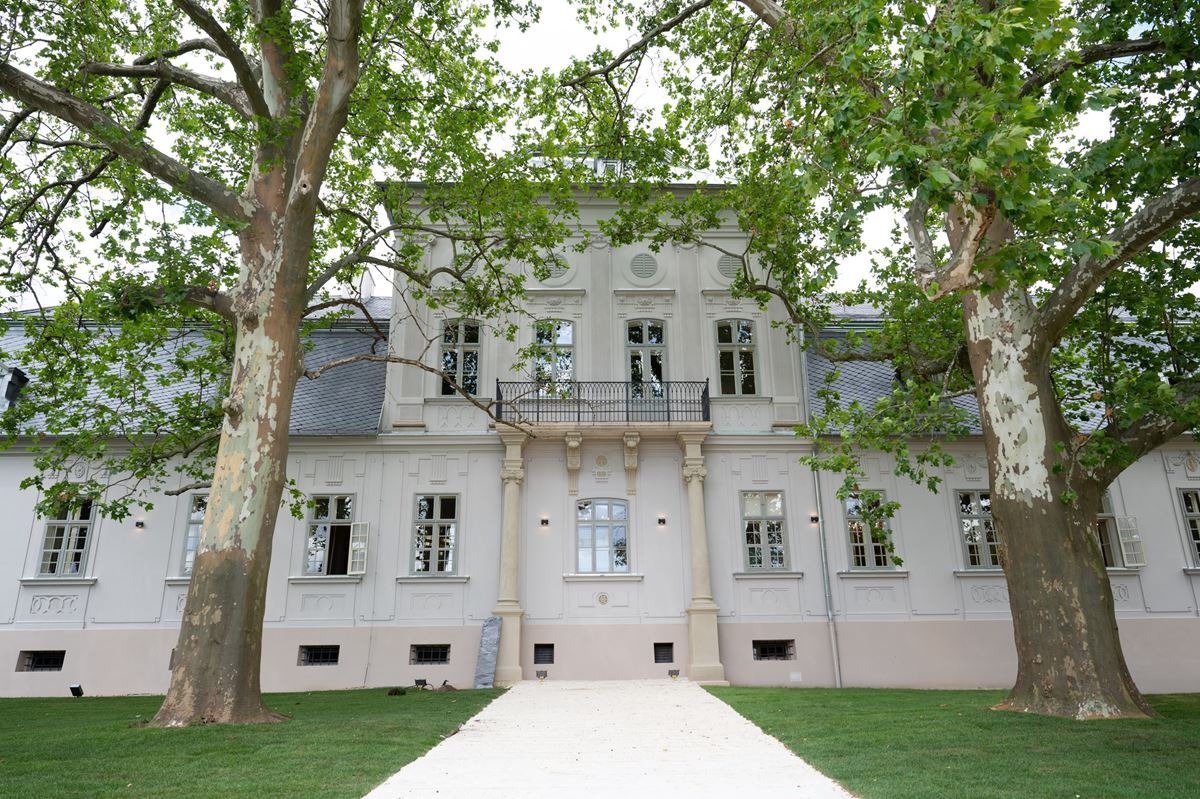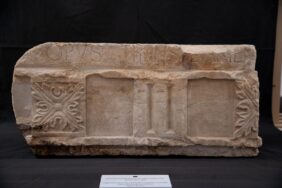Hungary was subjected to a ruthless and unfair dictate 104 years ago, and June 4 marked the day when they “tried to assassinate the Hungarian nation”, Prime Minister Viktor Orbán said on Tuesday, marking the Day of National Cohesion.
Trianon diktat
“We can now do what we have been unable to do for 110 years; the whole Hungarian nation can say no to war in a transparent and democratic way,” the prime minister said.
“War is never inevitable; war is always a matter of human decision-making. In the shadow of weapons, life and justice never grow; only death and injustice,” Orbán said.
“Now we have to complete what [one-time] prime minister Istvan Tisza could not manage to: prevent Hungary from getting involved in another European war, Orban said, adding that “our chances are better than they were 110 years ago; we are a sovereign country and sovereignty is a personal cause and right of every Hungarian.”
Orbán said that 110 years ago the peoples of the Carpathian basin had been working for their sovereignty against Hungary; at that time “everybody — Czechs, Austrians, Slovaks, Romanians, Serbs and Croatians — were looking forward to and hailed the war.” But now, “with another war threatening us, the peoples here have clearly indicated to the great powers that they have learned the lesson and do not want war,” he added.
“They do not want to be dispensable pawns on the imperial chessboard, vassals that can be sent to war … for the sake of Brussels, Washington, or George Soros,” Orbán said. “It is Hungarians who will shout that the loudest, but we know that the others also think the same,” the prime minister added.
Orbán said it had now become clear that “the rights of central Europe’s peoples should not be protected in a confrontation with Hungarians but in cooperation with them … they need to realise that they are companions in distress.”
Peoples in the region “are not only connected through cold geopolitical necessity but a shared history and some strange and inexplicably similar attitude to the world: a local, central European quality of existence. National cohesion is not only a fact but a programme, one for the integration of a nation,” Orbán said. “Commemorating a shared past is not enough, a shared future requires will and planning,” he added.
The prime minister said those who strove to curb Hungary’s ambitions “commit a crime against the nation”. “Hungarians have homes in every country in the Carpathian Basin” and they “make the whole more than just the sum of its parts”. Hungarians must urge cooperation and solidarity over and again, and “be glad when their neighbours are successful”.
The prime minister said June 4, 1920 had been “the day of an assassination attempt against the nation”, when the country was subjected to a ruthless and unfair diktat. Millions of Hungarians became strangers in their own homelands, the best of Hungary industry and soil, the biggest universities, the most beautiful cities, and the nation’s cultural assets were lost, he said. “One is Hungarian if their most painful wound is the one received at Trianon,” Orbán said.
Looking back after so many years, it can be clearly seen that the aim of Trianon’s diktat was the death of the nation. But “the great colonising powers were unaware of the character of Hungarians,”
Orbán said. They wanted to bury us, but they were not aware that we were seeds,” he added.
In the “darkest hour” of Hungary’s history, the country was turned over to people “of whom, even a hundred years later, it is difficult to say whether they were a disaster because of their ineptitude or their evil intentions,” Orbán said, adding that “Tisza, the most intelligent, was murdered, while the stupidest, Mihály Karolyi, was made prime minister.”
The disaster of Trianon was brought about by a war which Tisza, then prime minister, fully objected to, but “the country had not had enough strength to stay out because it was tied to a power which reserved the right to decide on issues of war or peace,” Orbán said. Both Vienna and Budapest were “full of people inciting war, false prophets and foreign agents”, and Hungary had no choice other than to “march into a war that was forced on the country”. He added, however, that the first world war had been one “on which defeated and victorious alike made losses”.
“Peace was removed from Europe on the day of the Trianon diktat, as it failed to yield peace to Europe but fear of a new war, which led to an even greater cataclysm two decades later,” Orbán said.
Soon after Trianon, much greater ethnic tensions flared up than before, and “countries came into being that were even more interdependent than earlier, but because of their historical grievances they considered one another as enemies,” he said.
Central Europe was occupied by Germany first then it came under Soviet control, “that is why the region cannot have a enough say in today’s European Union,” he said. But those nations, Orbán added, “want to be free and sovereign despite all imperial scheming.”
“This nation is now able to express its unlimited desire of life and cohesion year after year, and it is finally able to express its gratitude to the family that has given so much to it,” Orbán said.
The history of the Tisza family has become synonymous with the notion of a free, independent and sovereign Hungary, he said. He noted that the Tiszas participated in the struggles against the Turks, and despite their achievements in the battlefield, they had to fight for centuries to get back their ancient land. “We should not be surprised, the Western empires of old times were also among those who were not in the habit of recognising and returning what had rightfully belonged to Hungarians,” he added.
Two members of the Tisza family, he said, were involved in the political leadership of Hungary and the last strong and successful era of the Kingdom of Hungary was inseparable from the family.
The death of Istvan Tisza marked not only the loss of a great prime minister but also “the painful end” of a historic era, he added.
Hungary’s national government and “the great majority and strength behind it do not facelift but restore”, he said.
“We take revenge on communism by stepping over it, as if it had never existed,” Orbán said. “We take revenge for the 45 years robbed from us by linking Hungary before the time of German and Soviet occupation with Hungary today, precisely the way as it is laid down in the Fundamental Law,” he said, adding that this was the original and deepest meaning of the change of the regime.
Orbán said the two-thirds support he received in 2010 has been used to this end ever since.
“Visitors to the castle of Geszt can see and understand what the Tiszas wanted and also what the current generation wants, he added.
“Those who enter here will precisely understand what the slogan of our generation means: every match lasts as long as we can win it,” Orbán said.
read also:













